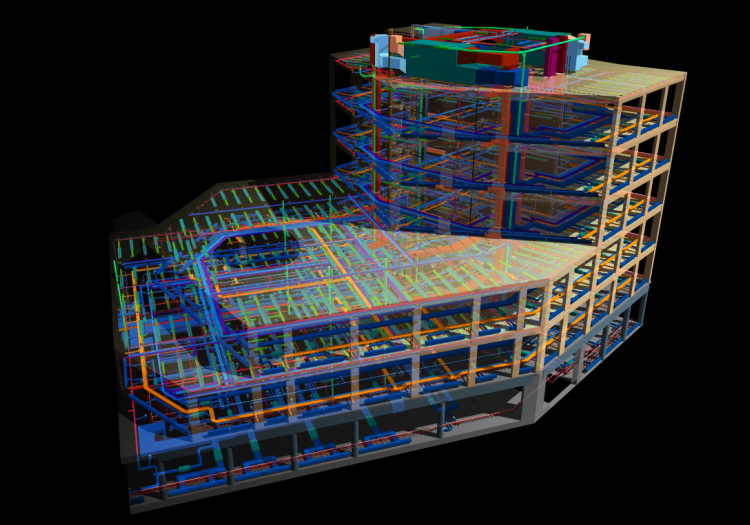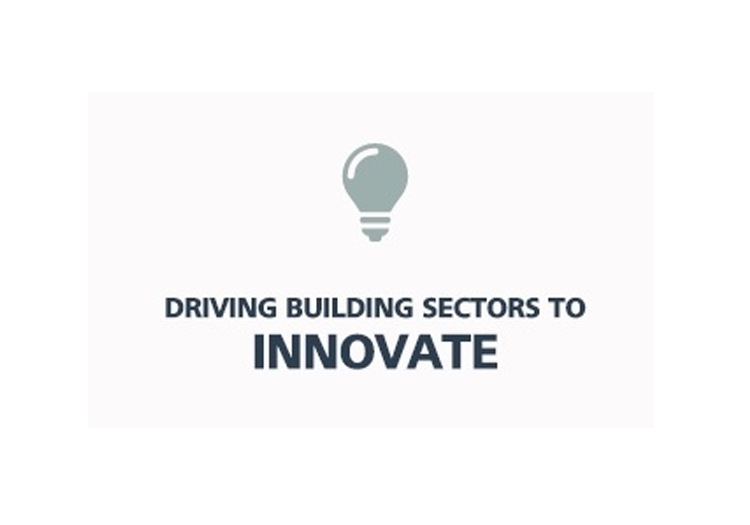
The Importance of Passive Design & BIM
Many new buildings and developments throughout Ireland now incorporate sustainable design practices in order to both offset the threats of climate change and reduce ongoing building operating costs. One way this is achieved is by using passive design to reduce the reliance on electricity and fossil fuels. With careful consideration of orientation, glazing ratios, insulation and airtightness the operational costs of a building can be reduced while providing a comfortable environment for the building occupants.
Passive Solar Design uses the energy of the sun to offset active heating systems in an energy efficient manner. Similarly, passive cooling strategies also embrace natural resources and entail greener solutions, like using shading to reduce the demand for mechanical cooling and improve the effectiveness of natural ventilation strategies. Another significant step to designing energy efficient buildings is with smart lighting. Using daylight and providing suitable controls helps to reduce energy demands and create a pleasant environment while reduced heat gains from lighting help reduce the risk of overheating.
Careful planning, from the earliest stages of design, is essential when it comes to effectively designing passive strategies. Energy and Environmental modelling is important to predict and quantify how a building’s design will work in various environmental conditions. In the past twenty years, the tools for building analysis have been vastly improved by technology. Building Information Modelling (BIM) software is an effective tool that allows architects and engineers to digitally model every element of a building. It allows builders to quickly understand how any changes in design or construction will impact important variables like sustainability and energy usage.
Expert consulting engineers can help you get started with a passive design strategy, and the utilization of BIM to ensure the best sustainable strategies are applied throughout the design and build.

